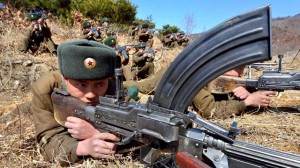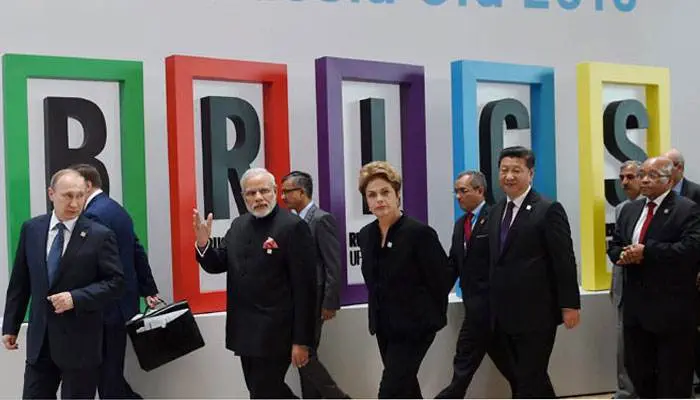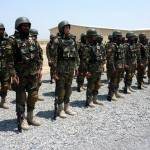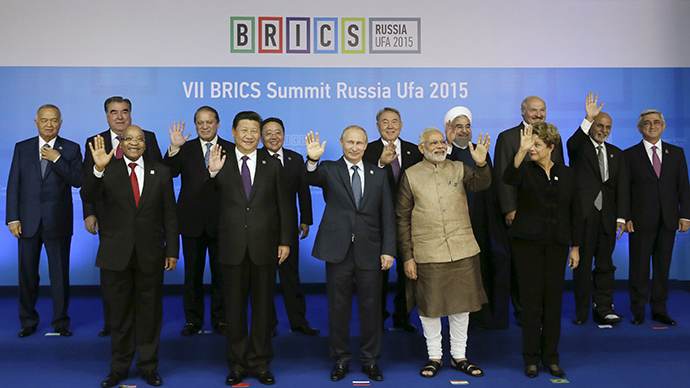Sydney Morning Herald Article on India’s China-killer missile
This is an interesting label to the Agni V. The arms race in the sub continent is not new and the causes for such a race has several perspectives. The threat to India has mainly been from Pakistan and this has a statistical evidence with several wars and conflicts. Kashmir and a perceived threat are moot points. US, Chinese and Korean arms dominate their arsenal. On the Indian side, Russian and European.
The threat from China boils down to the 1962 Sino-Indian conflict. It had no tangible gains for either side despite India having suffered a military set back. It was to “teach a lesson”. Most Indian military analysts in India will agree with the book, that best captures the event, Himalayan Blunder by Brig John Dalvi.
Pakistan has had no conflict with its other neighbours, except as a substitute of the US in Afghanistan. It has no known conflict with Iran. China has had conflict with practically all its 13 odd neighbours, perhaps stemming for the need to keep the ‘middle’ country in control. It is inherent in their mind-set right from their middle ages.
China has a very advanced Military Industrial Complex and is an exporter of arms. Chinese munitions turn up in almost all insurgencies in India. They are cheap and easy to maintain. The Chinese export is not entirely motivated by the need for export earnings, but as a matter of foreign policy. They export to Pakistan as well.
While there are many geo-strategic and political reasons for an arms race in the region there are internal reasons too. Much like Kim Jong-un’s need to show to the world the power of North Korea, it also serves an internal purpose. India, Pakistan and China and every other country are no different when it comes to this leadership psychosis. Conversely, if one were to examine the arms exporters, apart from those who are also users, an economic need influences them to see conflict in impoverished parts of the world.
India’s sovereignty has been under attack on more than one front in almost every decade since independence. The borders are active and troops are in eyeball contact 24/7 on the western front with Pakistan. Along the Chinese border, it is relatively peaceful through patrolling of inhospitable territory at high altitudes. The arms development programme started even before India’s independence and much of the threat was predicted and perceived. The race seems to have no end for several non military reasons.
Arms trade is a lucrative business. It has measurable impact on a countries GDP. It also revolves around two poles of any society. The powerful who reap benefits in kick backs and the impoverished who are recipients of the lethal effects of the arms.
The arms race has reached a develop-import or perish situation. This seen from the superficial tranquillity on the surface of meetings between the leaders, the confidence building measures, the joint military exercises, cultural exchanges and pleasantries in international forums. On the other side of the dichotomy are the arms purchases and tests. Who will or can drop the charade?
China, India and Pakistan have many other issues, such as poverty and improving the lot of its citizens. There is stronger need for dialogue between the countries of the region. While there is a dialogue on economic prosperity through SAARC and ASEAN like regional forums, none exists to keep the arms race under check. China has a bigger arms race to take part in with the US and can find no use in dialogue with India to limit its threat. The mutual threat is only heightened with common borders and alignment with the US or Russia. Keeping the big powers out of the dialogue helps and perhaps ASEAN has led in this regard.
Recent events in India substantiate the charade even more. The Chief of the Army’s letter to the Prime Minister, leaked into the press, indicates a shortage of tank munitions. Further, graft in the purchase of Tatra trucks are being enquired. Despite being a leading arms importer, a developer of missile technology and with a humongous defence budget these deficiencies only highlight the malaise. One can assess where there is an active free press, but none as in the case of China and Pakistan. Further India’s geographical position is such that while much of its philosophy is towards peace and is compatible with the Eastern Asian psyche, it has to balance it with the martial spirit emanating from the west. It can be argued that India is truly a bookend or a meeting point of two different philosophies. India has been the most invaded region in history and there is no Westphalian style treaty in the region.
Arms spending/ budget in relation to GDP can be sourced from here.
While the focus of many NGO’s has mainly been driven by nuclear disarmament, there are hardly any that address conventional arms. If they exist, they are definitely not heard.
Another interesting aspect is the timing of these tests, the follow a muscle flexing cycle! Hope it is only a charade!











Interesting read. Thanks Pradeep